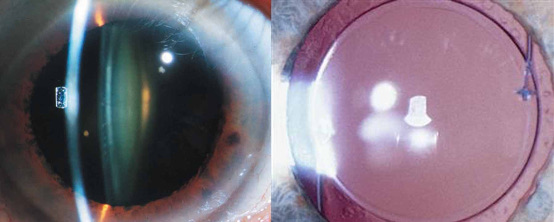CATARACT TREATMENT
When your vision has decreased to the point where you can no longer easily and safely perform daily activities, then it's time to consider cataract surgery.

Just like a camera has a lens, your eye also has a lens. The lens is shaped like a marble and its structure is crystalline. When we are young the crystalline lens is clear and soft. Cataracts are the formation of cloudiness and hardness within the lens. Some cataracts are chalky and spoke-like, some are frosty and filmy, while others are milky and others are like flaws in a gemstones.
Depending on the character of the change in your lens, cataracts can affects your vision in different ways. Some can cause more trouble while reading, some can cause more trouble with things like seeing street signs, some can cause glare, while others affect all viewing distances equally, making it difficult to see everything.
There are many different causes of cataract issues including sun exposure, illness, medications and sometimes trauma, but by far, the most common cause is age. Cataracts can cause blurred vision, occasionally decreased color, and often more light may be needed to see once a cataract has developed. Sometimes in the early stages, glasses or a change in your usual prescription can help.
The decision of when to do cataract surgery is variable based on what a person’s visual demands are and the efficacy of glasses. Once a cataract has progressed to the point that it interferes with your vision and daily activities, and a change in eyeglasses won’t help, cataract surgery is usually recommended. Since cataracts are a change within your natural lens, the surgical treatment is lens replacement (cataract surgery). During the surgery, the lens of your eye is removed through small incisions and an artificial lens is put in its place. Cataract surgery is generally a very safe and quick operation. As with any surgery there are risks.